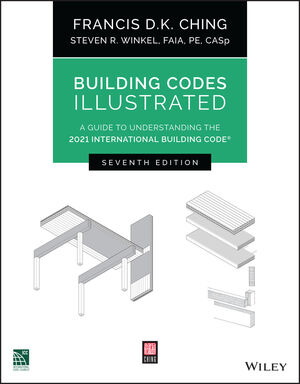Water-Resistive Foam Board Insulation
Halo Exterra

Halo Exterra, a foam board insulation for above-grade exterior insulation applications is also designed to be a water-resistive barrier (which means that no building paper needs to be used).
How is this possible and what do installers have to say about it?
This blog post will show you exactly how Halo Exterra was constructed to be a water-resistive barrier and what builder Anthony Dew of Stalwood Homes thinks about it.
How Exterra is Constructed to be a Water-Resistive Barrier
There are two components that contribute to the water-resistive barrier capabilities of Exterra:
- its foam core thickness; and
- the use of laminates.
First and foremost, Exterra is made with a graphite polystyrene (GPS) foam core. GPS is a graphite-enhanced expanded polystyrene foam that provides superior R-value, and it’s this component that makes Exterra a unique foam board insulation product. For Exterra to act as a water-resistive barrier, its GPS foam core must be 9/16” or thicker.
Secondly, Exterra is also laminated on both sides with a polypropylene film (which adds durability and flexibility). The laminate layers of Exterra are precision-perforated, allowing air and moisture to escape and therefore resulting in another key benefit: its breathability. You can read more about the science here.
The key is to have breathable micro perforations and to still qualify as a water-resistive barrier, which is the unique balance that Halo Exterra achieves.
Exterra has also undergone rain penetration testing.
What’s the result of the unique design and construction of Halo Exterra?
The result is a foam board insulation product with a built-in water-resistive barrier that also provides high R-value and breathability. This combination of performance benefits is what makes Halo Exterra truly unique. Check out this short video clip: https://youtube.com/watch?v=E_MXrFzN60k%3Frel%3D0
Installation Steps to Maintain the Water-Resistive Barrier Capabilities of Halo Exterra
Here are the installation steps to maintain the water-resistive barrier capabilities of Halo Exterra:
- Choose a thickness of 9/16” or greater.
- Tape over all fasteners.
- Tape over all joints.
- Tape over all penetrations.
- Use both tape and spray foam for larger gaps.
- Avoid damaging the laminate on Exterra.
- Tape over any sections of damaged/cracked laminate.
What Installers Say About Halo Exterra as a Water-Resistive Barrier

Since August of 2018, Anthony Dew of Stalwood Homes has built 42 custom units with Exterra ranging from 900 sq. ft. to 7,500 sq. ft. in Cobourg, Grafton, Brighton and Baltimore.
He originally met a Logix Brands team member at the Cobourg Rona Show (he always buys from Northumberland Building Supplies). According to Anthony, “Exterra is his singular go-to exterior sheathing.” He’s also a big believer in offering a wall assembly with a layer of continuous insulation.
Anthony also uses a 3M double-sided 4” wide sheathing tape with 2” peel off sections for easy overlap.
Here’s why Anthony builds with Halo Exterra:
- UV Resistant Coating = Added Convenience
Scheduling delays always happen, and the UV resistant coating makes it possible for Exterra to remain exposed. While you can tape it right away, you can also tape three weeks later or whenever it’s convenient for you.
The problem with XPS, for example, is that it gets flaky when exposed to UV rays, which makes taping difficult. In this way, Anthony says XPS is “not real-world friendly” like Exterra is. It simply doesn’t work as well in normal working conditions.
- Price Competitive
Anthony also likes that Exterra is competitive with other options on the market.
- Canadian-Made and Local
As a Canadian himself, Anthony likes that Exterra is not only Canadian-made, but also local.
(Halo products are manufactured in six locations across Canada and the USA.)
Wrapping it Up
Halo Exterra is designed as a water-resistive barrier due to its thickness and laminate.
However, Exterra is not only a water-resistive barrier. It’s also breathable, while still offering a high R-value, and this is what makes it a unique product on the market (while still being price-competitive).
But that’s not the only reason why installers love Halo Exterra. Anthony Dew of Stalwood Homes loves its UV-resistant coating and price competitiveness as well.
Recommended Further Reading:
- Watch our Halo Exterra webinar here
Looking for a reprint of this article?
From high-res PDFs to custom plaques, order your copy today!







